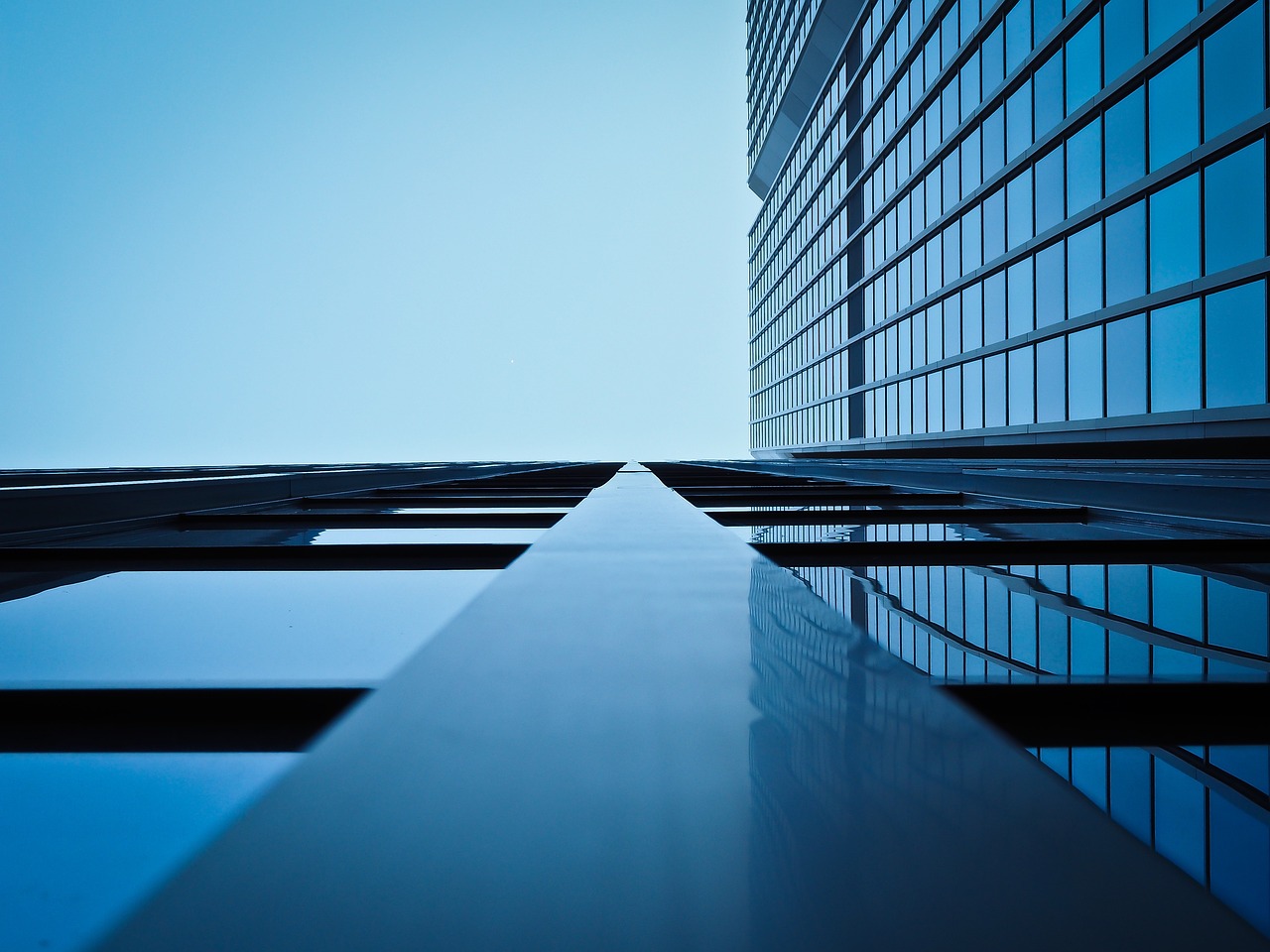Facade Excellence: Key Insights from Teulo Ed 24 June
Rommel Ltd recently had the pleasure of presenting at the Teulo Ed session on June 24th, where we delved into “Quality Assurance Practices for Both Residential and Medium Rise Building Facades.” This presentation was tailored for architects and designers, providing in-depth insights into ensuring the highest standards in building façade quality. We were thrilled to share our expertise and engage with industry professionals dedicated to maintaining excellence in their projects.
With the power of connecting to Teulo, you are able to watch this presentation again to achieve CPD Points.
The following article are the highlights from the presentation.
Key Takeaways from the Session
1. The Importance of Facade Quality:
Building facades are crucial as they significantly impact a building’s performance, aesthetics, and longevity. Ensuring high-quality facades can lead to superior outcomes in these areas.
A well-designed facade can enhance a building’s overall appeal, creating a positive first impression on visitors and passersby. It also contributes to a structure’s architectural identity, reflecting the values and style of its occupants.
Moreover, the quality of a facade directly impacts the building’s energy efficiency and sustainability. A well-insulated and properly sealed facade can help reduce energy consumption by maintaining comfortable indoor temperatures and minimising excessive heating or cooling.
Facade quality leads to cost savings and a lower carbon footprint.
In addition, a high-quality facade protects against external elements such as harsh weather conditions, pollution, and noise. It acts as a barrier, shielding the interior spaces from potential damage and ensuring the longevity of the building.
Therefore, investing in the quality of a building’s facade is essential for enhancing its visual appeal and ensuring its durability, energy efficiency, and overall performance.
2. Consequences of Neglect:
We discussed the risks of poor facade quality, including structural issues, increased maintenance costs, and potential safety hazards. Conversely, robust quality assurance practices offer numerous benefits, such as enhanced durability and improved building integrity.
Neglecting proper maintenance and care for a building can have serious consequences that affect the structure, the occupants, and the surrounding environment. Here are some critical points on the importance of understanding the consequences of neglect:
- Structural Integrity: Neglecting maintenance can lead to structural issues like cracks, leaks, or weakening of the building’s foundation. Over time, these issues can compromise the building’s safety and put occupants at risk.
- Health and Safety Hazards: Neglected buildings are more prone to health hazards like mould growth, pest infestations, or poor indoor air quality. These can adversely affect the health and well-being of the occupants, leading to respiratory problems, allergies, and other health issues.
- Decreased Property Value: Neglected buildings deteriorate faster and lose their aesthetic appeal. Deterioration can significantly reduce the property’s value, making it harder to sell or lease at a desirable price.
- Legal and Regulatory Issues: Failure to address maintenance and safety concerns can result in violations of building codes and regulations. Safety concerns can lead to legal consequences, fines, or even forced building evacuation.
- Environmental Impact: Neglected buildings can contribute to environmental degradation through energy inefficiency, water wastage, and other unsustainable practices. Environmental degradation can exacerbate climate change and harm the surrounding ecosystem.
Neglecting a building’s maintenance can lead to many consequences that impact not just the structure itself but also the well-being of its occupants, the property’s value, legal compliance, and the environment. It is essential to prioritise regular maintenance and proactive care to prevent these adverse outcomes and ensure the longevity and sustainability of the building.
3. Best Practices:
Implementing best practices for building quality assurance ensures structures meet design, performance, and safety standards. Here are some essential best practices for building quality assurance:
- Design Review: Conduct a comprehensive assessment of the building design to ensure compliance with all regulations, industry standards, and client expectations, including a review of architectural plans, structural integrity, and adherence to building codes.
- Material Selection: Carefully select high-quality, durable, sustainable, and suitable materials for the intended use. Consider factors such as weather resistance, energy efficiency, and maintenance requirements when choosing materials for the facade and other building components.
- Installation Verification: Verify that the construction and installation processes adhere to the approved design specifications and industry best practices. Conduct regular site inspections to ensure workmanship meets quality standards and promptly addresses issues.
- Ongoing Inspections: Implement a systematic inspection and maintenance program to monitor the building’s condition and performance over time. Regular inspections help identify potential issues early on and prevent costly repairs or replacements.
- Documentation and Reporting: Maintain detailed records of all quality assurance activities, including design reviews, material approvals, inspection reports, and maintenance procedures. Documentation ensures accountability, traceability, and transparency throughout the building lifecycle.
By following these best practices for building quality assurance, project teams can effectively manage risks, optimise construction processes, and deliver high-quality buildings that meet the needs of clients, occupants, and the community.
Learning Outcomes
By the end of the presentation, each participant gained the ability to:
- Appreciate the significance of quality assurance for facades in residential and medium-rise buildings.
- Recognise the repercussions of poor facade quality and the advantages of implementing stringent quality assurance measures.
- Identify the crucial elements and best practices for achieving and maintaining facade excellence.
The insights shared during the session will be instrumental in refining your approach to facade design and maintenance, ensuring your projects are aesthetically pleasing and structurally sound.
Stay Connected
Let’s continue to build structures that stand the test of time with impeccable facade
Embrace excellence in every facade with Rommel Ltd. Visit our website to learn more about our commitment to quality.
Enhance your professional network and stay updated on industry trends by following us at https://www.linkedin.com/in/rommel-ltd-27b454245/.

